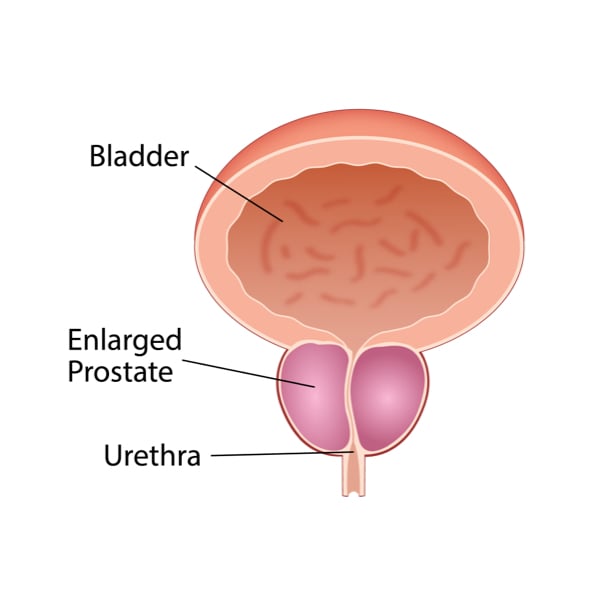Treatment options for an enlarged prostate, also known as benign prostatic hyperplasia (BPH), vary depending on the severity of symptoms and the patient’s overall health. When conservative treatments such as medications fail to provide relief, surgical procedures may be recommended.
Here are the different types of surgical procedures commonly used to treat an enlarged prostate:
- Transurethral Resection of the Prostate (TURP):
- TURP is the most common surgical procedure for BPH. It involves removing excess prostate tissue that is blocking urine flow through the urethra. During TURP, a special instrument called a resectoscope is inserted through the penis and into the urethra to reach the prostate. The surgeon then uses the resectoscope to trim away the obstructing tissue.
2. Transurethral Incision of the Prostate (TUIP):
- TUIP is performed in cases where the prostate enlargement is mild to moderate. Instead of removing tissue, the surgeon makes small cuts in the prostate gland and bladder neck to widen the urethra and reduce obstruction. TUIP is associated with less risk of side effects such as retrograde ejaculation compared to TURP.
3. Laser Surgery:
- Various types of laser surgery can be used to treat BPH. These include:
- Laser Vaporization of the Prostate (LVP): A laser is used to destroy prostate tissue blocking the urethra.
- Holmium Laser Enucleation of the Prostate (HoLEP): This technique involves using a laser to remove entire lobes of the prostate that are causing obstruction.
- GreenLight Laser Therapy (Photoselective Vaporization of the Prostate, PVP): GreenLight laser is used to vaporize excess prostate tissue.
4. Open Prostatectomy:
- Open prostatectomy is generally reserved for very large prostates that cannot be effectively treated with less invasive methods. It involves making an incision in the lower abdomen to access and remove the obstructing prostate tissue. Open prostatectomy may be necessary when the prostate is significantly enlarged or when other surgical methods are not suitable.
5. Transurethral Microwave Thermotherapy (TUMT):
- TUMT uses microwave energy to heat and destroy prostate tissue that is blocking the urethra. It is typically used for moderate BPH and is performed on an outpatient basis.
6. Prostatic Urethral Lift (UroLift):
- UroLift is a relatively newer procedure where implants are placed in the prostate to lift and hold the enlarged tissue away from the urethra, improving urine flow. It is minimally invasive and does not involve removing prostate tissue.
Each surgical procedure for BPH has its own advantages, risks, and considerations. The choice of procedure depends on factors such as the size of the prostate, the patient’s overall health, and the surgeon’s expertise. Before undergoing any surgical treatment, patients should discuss their options thoroughly with their healthcare provider to determine the most suitable approach for their individual condition.






Comments